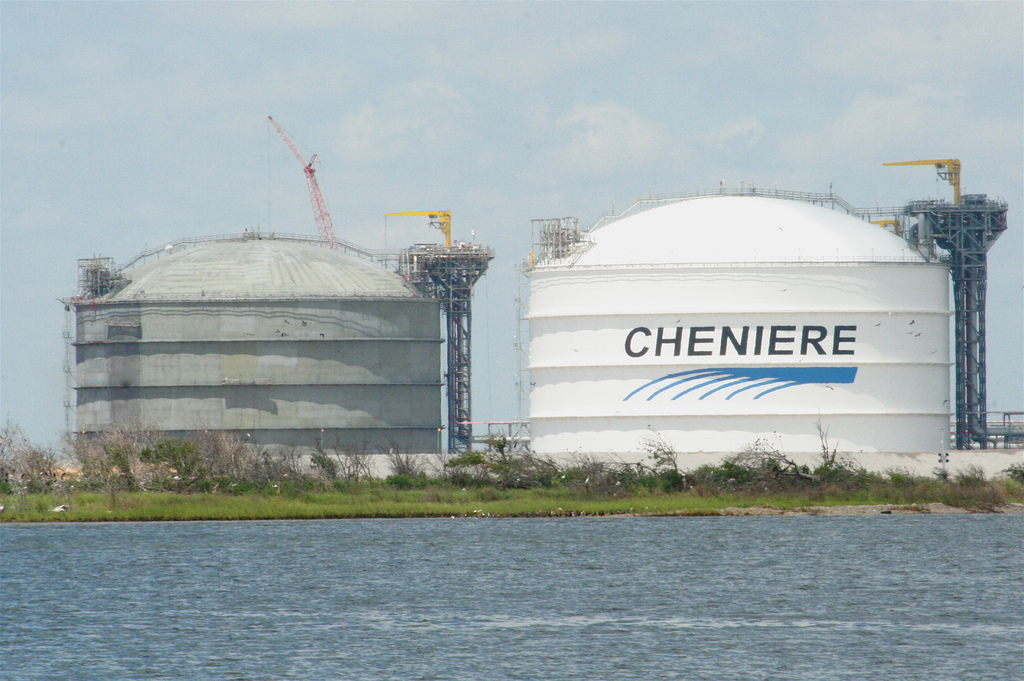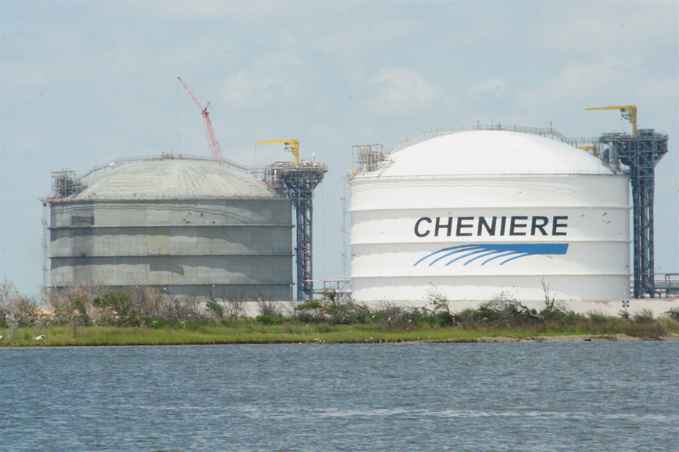Exports of gas from the United States in 2017 exceeded imports for the first time since 1957, according to the Information Department of the Ministry of Energy of the United States (EIA). The US last year also increased gas production (up to 733 billion cubic meters, retaining the first place in the world), and its exports both through pipelines and in the form of LNG. At the same time, traditional gas imports to the United States from Canada declined.
The US in 2009 became the world's largest producer of gas, outstripping Russia, largely due to the start of shale mining, and still hold the lead. However, the growth of production in the Appalachian region and the development of infrastructure, which allowed to supply more gas to the Middle West and the northeast of the USA, for the first time outshone Canadian imports. Also, the country's transition to net export status was promoted by the increase in demand and the subsequent increase in the capacity of gas pipelines to Mexico (in 2018, the throughput capacity will increase by another 33 billion cubic meters per year). The export of US gas to Mexico in 2017 was 43.4 billion cubic meters.
In addition, over the past two years, the EIA notes, the US sharply increased LNG exports through the commissioning of new liquefaction facilities. In 2016, Sabine Pass LNG terminal in Louisiana started first deliveries (the design capacity of the six lines is 27 million tons, now the fifth line is under construction). In March, the first LNG consignment was shipped from the Cove Point LNG plant in Maryland (5.25 million tons per year). By the end of 2019, the US plans to introduce four more liquefaction projects, increasing the capacity for LNG production from 36 billion to 98.9 billion cubic meters per year, which will lead to a further increase in natural gas exports, the EIA notes. So, by 2019, the first lines of Freeport LNG projects (Texas, four lines of 5 million tons) and Cameron LNG (Louisiana, five lines of 5 million tons) should be launched. Thus, by 2020, the US export capacity can reach 70 million tons of LNG per year.
Given the projected increase in production, growing supplies to Mexico and a jump in LNG production, the EIA suggests that the US will retain the status of a net gas exporter in at least 2018 and 2019. Washington has already stated that they are preparing for serious competition in the gas market with Russia, including Europe, the main market for the Russian giant Gazprom. The company delivered a record 194 billion cubic meters of pipeline gas in Europe in 2017.
source: cnn.com
The US in 2009 became the world's largest producer of gas, outstripping Russia, largely due to the start of shale mining, and still hold the lead. However, the growth of production in the Appalachian region and the development of infrastructure, which allowed to supply more gas to the Middle West and the northeast of the USA, for the first time outshone Canadian imports. Also, the country's transition to net export status was promoted by the increase in demand and the subsequent increase in the capacity of gas pipelines to Mexico (in 2018, the throughput capacity will increase by another 33 billion cubic meters per year). The export of US gas to Mexico in 2017 was 43.4 billion cubic meters.
In addition, over the past two years, the EIA notes, the US sharply increased LNG exports through the commissioning of new liquefaction facilities. In 2016, Sabine Pass LNG terminal in Louisiana started first deliveries (the design capacity of the six lines is 27 million tons, now the fifth line is under construction). In March, the first LNG consignment was shipped from the Cove Point LNG plant in Maryland (5.25 million tons per year). By the end of 2019, the US plans to introduce four more liquefaction projects, increasing the capacity for LNG production from 36 billion to 98.9 billion cubic meters per year, which will lead to a further increase in natural gas exports, the EIA notes. So, by 2019, the first lines of Freeport LNG projects (Texas, four lines of 5 million tons) and Cameron LNG (Louisiana, five lines of 5 million tons) should be launched. Thus, by 2020, the US export capacity can reach 70 million tons of LNG per year.
Given the projected increase in production, growing supplies to Mexico and a jump in LNG production, the EIA suggests that the US will retain the status of a net gas exporter in at least 2018 and 2019. Washington has already stated that they are preparing for serious competition in the gas market with Russia, including Europe, the main market for the Russian giant Gazprom. The company delivered a record 194 billion cubic meters of pipeline gas in Europe in 2017.
source: cnn.com



















